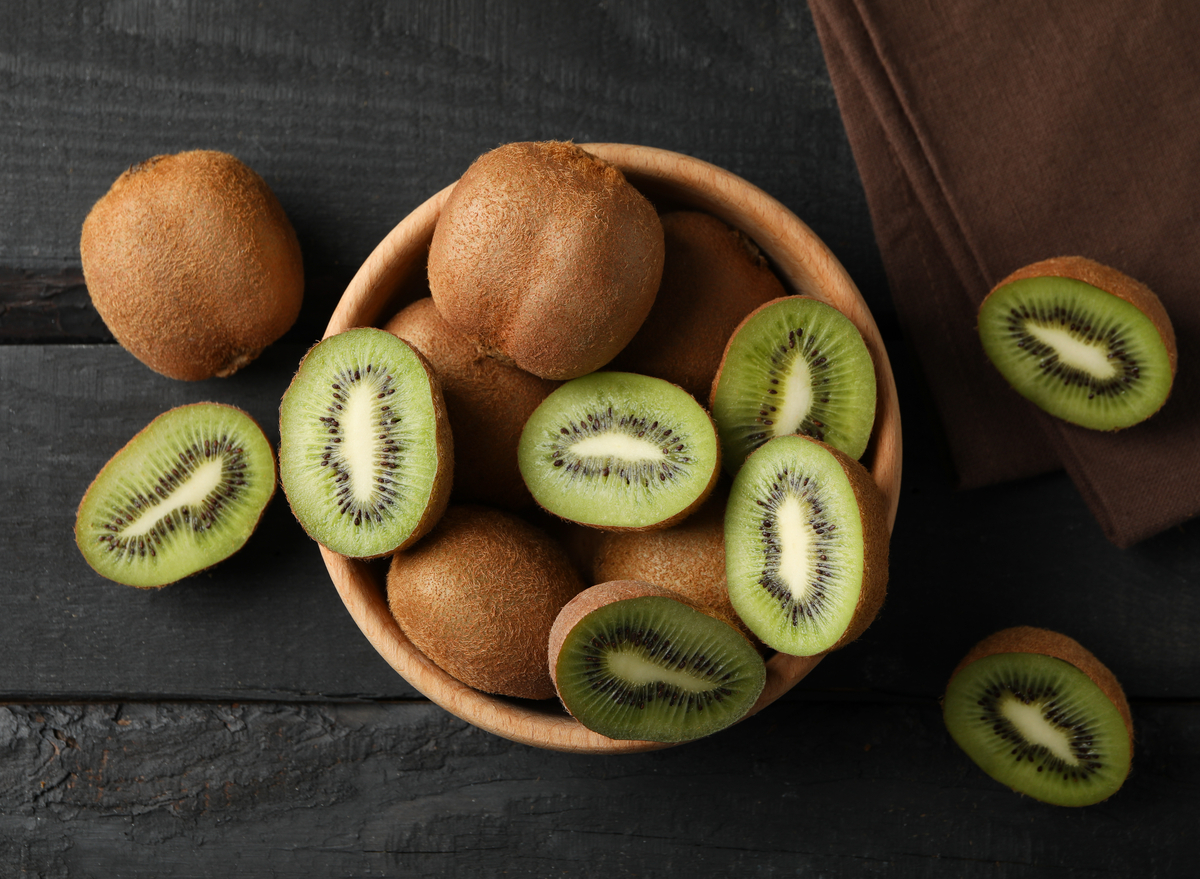Kiwis Unmasked: What Do Kiwis Taste Like and More
A Deep Study Kiwi Growing: Unveiling the Strategies, Obstacles, and Potential for Sustainable Farming
In this post, we will take you on a deep dive right into the strategies, obstacles, and capacity for lasting farming in the world of kiwis. Discover the optimum expanding conditions, cutting-edge cultivation methods, and the sustainable practices that can open the full capacity of kiwi farming.
Optimal Growing Problems for Kiwi Plant Kingdoms

Cutting-Edge Farming Strategies
To optimize kiwi cultivation, use innovative techniques that boost efficiency and sustainability. One such strategy is accuracy farming, which makes use of sophisticated modern technologies like drones, GPS, and remote noticing to check and handle plants extra effectively. Drones outfitted with multispectral cams can catch high-resolution pictures of kiwi plants, allowing farmers to examine their health and wellness and detect any type of signs of disease or tension. GPS innovation enables specific mapping and tracking of the kiwi creeping plants, optimizing irrigation and fertilization techniques to make certain that each plant gets the essential nutrients and water. Another advanced method is vertical farming, which includes growing kiwi plants in piled layers utilizing fabricated lighting and climate-controlled atmospheres. This method takes full advantage of land usage performance and decreases water consumption, making it excellent for urban locations or regions with minimal cultivatable land. Additionally, aeroponics and hydroponics systems are gaining appeal in kiwi cultivation. These soilless cultivation approaches offer plants with a nutrient-rich service or haze, specifically, promoting faster development and higher yields. By embracing these cutting-edge methods, kiwi farmers can attain higher efficiency, enhance source utilization, and add to lasting farming techniques.
Obstacles Faced by Kiwi Farmers
Dealing with countless challenges, kiwi farmers have to browse via various barriers to make sure effective farming and sustainable farming practices. One of the major challenges they encounter is climate variability. Kiwi plants require a certain climate to grow, with cozy summertimes and awesome winters months. Nonetheless, uncertain weather condition patterns, such as severe temperature levels, frost, and dry spell, can interfere with the growth and advancement of kiwi plants. Farmers have to continuously monitor weather report and apply techniques like irrigation, frost security, and color towel to mitigate the adverse impacts of environment irregularity.
An additional substantial challenge for kiwi farmers is illness and parasites. Kiwi vines are vulnerable to a series of pests, including termites, aphids, and thrips, which can damage the leaves and fruit. Furthermore, diseases like Psa (Pseudomonas syringae pv. actinidiae) and botrytis can seriously impact kiwi production. Farmers should utilize integrated pest management techniques, such as routine surveillance, organic control approaches, and appropriate sanitation, to protect against and take care of pest and illness outbreaks.
Kiwi cultivation calls for labor-intensive tasks, such as trimming, harvesting, and trellising. Finding competent workers that are experienced regarding kiwi farming techniques can be tough.
Lasting Farming Practices for Kiwi Cultivation

To make certain lasting kiwi farming, you can carry out an array of practices that advertise ecological stewardship and lasting feasibility of your ranch. Kiwi plants need a substantial quantity of water, yet too much irrigation can lead to water waste and dirt erosion. Taking on lasting power practices, such as utilizing solar power or investing in energy-efficient modern technologies, can reduce your farm's carbon footprint and add to a much more lasting kiwi growing system.
Unlocking the Potential of Kiwi Farming
By implementing lasting farming practices, you can open the full capacity of kiwi farming while decreasing environmental influence. Kiwi farming has tremendous capacity for development and earnings, yet it likewise includes its own collection of challenges. To fully open this potential, it is image source crucial to take on lasting techniques that not just take full advantage of return and quality however likewise ensure lasting feasibility.
One secret element of opening the potential of kiwi farming is maximizing irrigation practices - what do kiwis taste like. Kiwi plants need a certain quantity of water to thrive, and by making use of effective watering systems such as drip watering or precision lawn sprinklers, you can reduce water waste and reduce the danger of waterlogging additional reading or dirt erosion
Another crucial variable is dirt health and wellness monitoring. Healthy and fertile soil is essential for the development and growth of kiwi plants. By carrying out methods such as cover chopping, crop turning, and natural fertilization, you can enhance soil structure, enhance vitamins and mineral accessibility, and decrease the need for chemical inputs.
Additionally, integrated parasite administration (IPM) techniques are vital in opening the capacity of kiwi farming. By taking on IPM techniques such as organic bug control, pheromone traps, and plant monitoring, you can properly manage parasites and diseases while minimizing making use of chemical pesticides.
Final Thought
Finally, kiwi cultivation holds fantastic prospective for sustainable farming methods. By executing advanced techniques and getting over the challenges encountered by farmers, we can open the complete capacity of this fruit (what do kiwis taste like). With optimum growing conditions and a focus official statement on lasting techniques, kiwi farming can prosper while minimizing ecological influence. So, grab a kiwi and sustain the future of lasting farming!
Discover the optimum expanding problems, innovative cultivation techniques, and the lasting techniques that can open the full possibility of kiwi farming. By welcoming these cutting-edge strategies, kiwi farmers can achieve greater efficiency, optimize source utilization, and contribute to lasting farming methods.
Dealing with various challenges, kiwi farmers should navigate with numerous challenges to ensure successful cultivation and sustainable farming techniques.By implementing lasting farming techniques, you can unlock the complete potential of kiwi farming while minimizing ecological impact.In verdict, kiwi cultivation holds wonderful prospective for lasting farming practices.